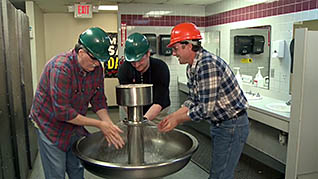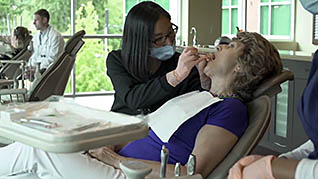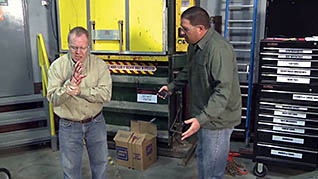Cal/OSHA Bloodborne Pathogens
- Product ID
- apsfcbpa_vod
- Training Time ?
- 12 to 21 minutes
- Language(s)
- English,Spanish
- Video Format
- High Definition
- Required Plugins
- None
- Number of Lessons
- 12
- Quiz Questions
- 9
- Closed Captioning
- Question Feedback
- Wrong Answer Remediation
- Lesson Bookmarking
- Downloadable Resources



Bloodborne pathogens in human blood can cause disease, including various types of Hepatitis and HIV. This course teaches workers the hazards that bloodborne pathogens present and the California OSHA requirements to establish safe work practices for protection from bloodborne pathogen exposure.
Through an overview of bloodborne diseases, including what they are and how they attack the body, this course shows workers how and why controlling their exposure is critical to avoiding contact with bloodborne pathogens and preventing the diseases they can cause. By presenting the California OSHA Exposure Control Plan, this course provides the insight and guidance needed to follow universal precautions for protection from bloodborne pathogen exposure and disease.
Teach this course to ensure all employees learn how to control their exposure to bloodborne pathogen hazards and prevent the spread of bloodborne diseases throughout the workplace.
![]() This course is in the Video On Demand format, to read about Video On Demand features click here.
This course is in the Video On Demand format, to read about Video On Demand features click here.

- Full-screen video presentation
- Print certificate and wallet card
- You have 30 days to complete the course
Organizational employees at all levels throughout the company
- Introduction
- Bloodborne Diseases
- The Exposure Control Plan And Occupational Exposure
- Bloodborne Pathogens Training
- Routes Of Entry
- Risk Identification And Universal Precautions
- Avoiding Contact To Prevent Exposure
- Use Of Barrier Devices
- Safe Handling Of Potentially Infectious Material
- Decontamination And Disposal
- Responding To An Exposure
- Conclusion
© Mastery Technologies, Inc.


